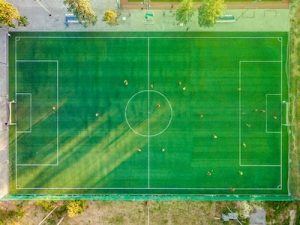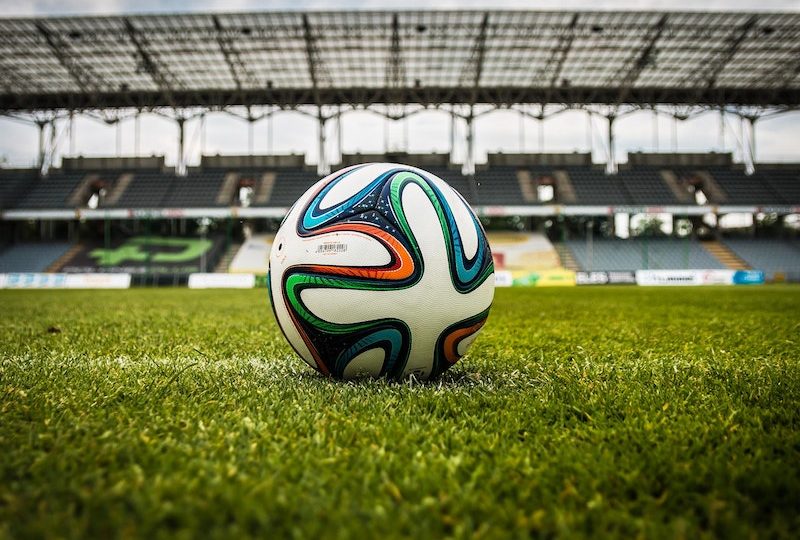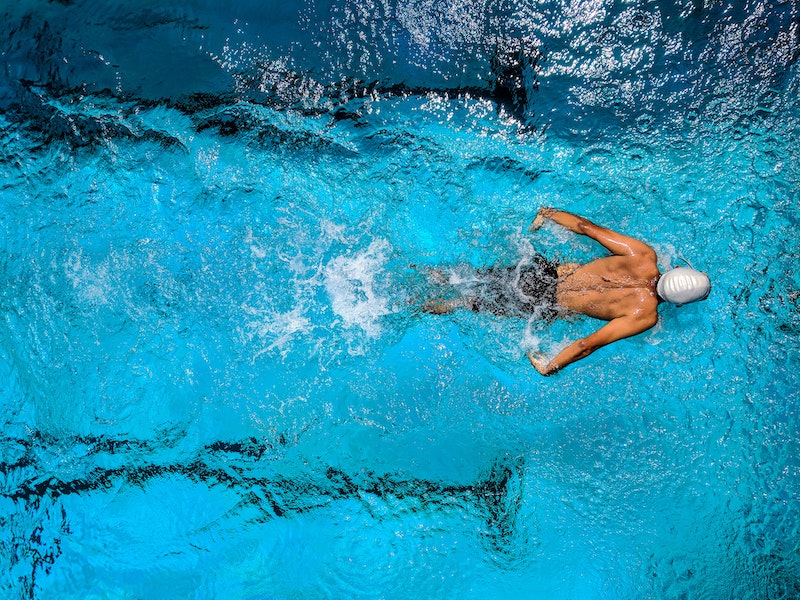As any soccer fan knows, the game is full of strategy and skill. But what is behind all of that? In this article, we explore the science behind the game, from strategy to ball handling. We’ll show you how to improve your skills, and even learn a little bit about the history of soccer. So sit back, relax, and let us take you on a journey through the fascinating world of soccer science!
The Science of Soccer: From Strategy to Ball Handling

Understanding the game mechanics can help you achieve success on the field. Knowing the rules of the game can help you overcome opponents. Mastering Strategies can give you an edge in any match. Getting a good grip on the ball can make all the difference.
The Physics of Soccer: Using the Laws of Motion to your Advantage
Understanding the laws of motion can help you play smarter on the field. With a better understanding of the physics behind the game, you can take advantage of certain situations and use your skills to triumph over your opponents.
When playing soccer, there are a number of physical laws that are at play. These laws govern the way objects move and affect how games are played. By understanding these principles, you can improve your game significantly.
One of the most important laws is Newton’s Second Law of Motion. According to this law, an object in motion will continue in its current direction unless acted upon by an external force. Understanding this law is key to successful soccer play.
Another important law is the Law of Inertia. According to this law, an object at rest will remain at rest unless acted upon by an external force. Understanding this law can help you take advantage of an opponent who is stationary.
In addition to understanding physical laws, it is also important to understand how these laws apply to soccer gameplay. For example, if an opponent is moving quickly down the pitch, using a fast ball can help you catch up to them. By understanding the physics behind the game, you can make intelligent decisions on the field that will give you an edge.
The Chemistry of Soccer: How to Improve Performance with Nutrition and Hydration
When it comes to soccer, Nutrition and Hydration are essential for performance. In this section, we will discuss the role of each in achieving optimal performance. We will look at what foods to eat and avoid, as well as how to properly hydrate. We will also explore supplements that can help improve performance in soccer.
When it comes to Nutrition, it is important to understand the role of carbohydrates, proteins, and fats in player’s performance. Carbohydrates provide energy for long bouts of play, proteins provide structure and muscle mass, and fats provide energy and satiety. When it comes to Hydration, it is key to drink enough water throughout the day to replace the fluids lost through sweat and breathing. Additionally, electrolytes such as sodium and potassium are important for maintaining an appropriate balance in the body.
There are a number of supplements that can be useful for improving performance in soccer. Some examples include caffeine, guarana, ashwagandha, and creatine. It is important to consult with a professional before using any supplements, as some may have adverse effects on player’s performance. However, by incorporating a few key nutrients and supplements into your routine, you can optimize your performance and enjoy the game more thoroughly.
The Biology of Soccer: How to Recover from Injury and Stay Fit
If you’re anything like most soccer players, you dread the thought of getting injured. In fact, playing the sport can be incredibly hazardous, and even minor tweaks to your body can lead to long-term problems. But as long as you know how to recover from an injury and stay fit, you can keep on scoring goals and helping your team win.
There is no one-size-fits-all approach to recovering from an injury, as the best way to get back on the field may vary depending on the nature and severity of the injury. However, there are some general principles that will help you return to full strength and health as quickly as possible.
First and foremost, make sure to take care of your body. Drink plenty of fluids and nutrition, rest as much as you can, and avoid overexertion. Applying these tips not only helps you recover faster, but also reduces the risk of developing further injuries in the future.
Once you’ve taken care of your physical well-being, it’s time to focus on your rehabilitation. This phase is crucial not just for speeding up your recovery time, but also for ensuring that your injury doesn’t cause long-term complications. Rehabilitation should focus on restoring strength, flexibility, and balance in your injured area. Working on these critical traits will help you do more damage limitation in the future.
And finally, don’t forget about mental health. Properly dealing with anxiety and stress before and after an injury can go a long way in speeding up your recovery process. As long as you have a supportive network of friends and family around you, you’ll be able to get back on the soccer field in no time at all!
Thanks for reading! In this article, we explored the science behind soccer, from strategy to ball handling. We learned about the physics of the game, the chemistry of performance, and the biology of injury. By understanding these fundamentals, we can improve our game and stay fit for the long haul.
 Understanding the game mechanics can help you achieve success on the field. Knowing the rules of the game can help you overcome opponents. Mastering Strategies can give you an edge in any match. Getting a good grip on the ball can make all the difference.
Understanding the game mechanics can help you achieve success on the field. Knowing the rules of the game can help you overcome opponents. Mastering Strategies can give you an edge in any match. Getting a good grip on the ball can make all the difference.









